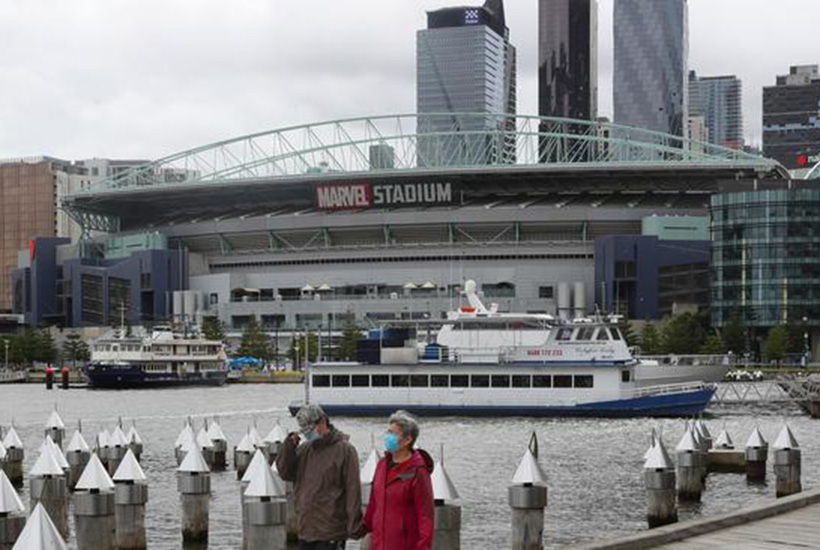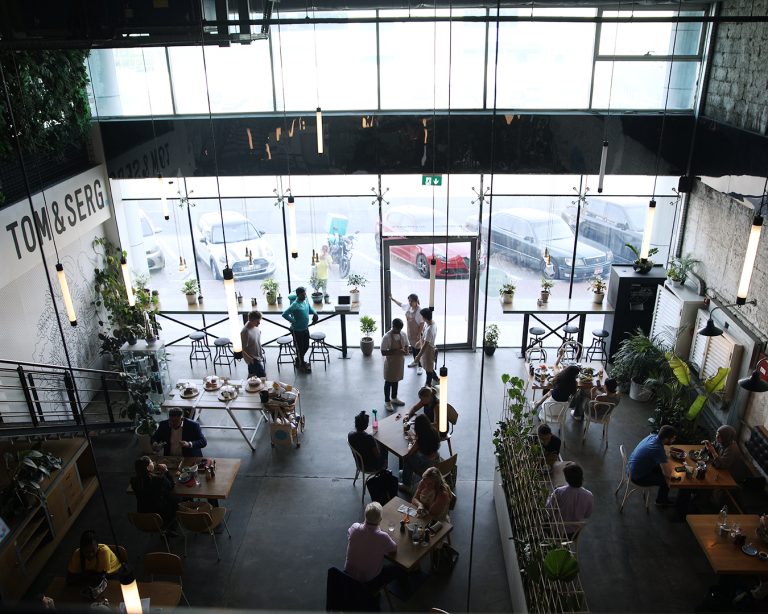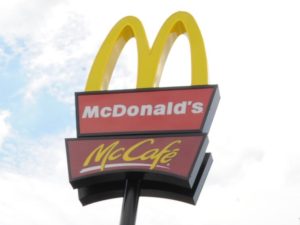Office vacancy levels jump as cities feel effects of COVID-19

The devastating impact of the coronavirus crisis on Australia’s office leasing markets is playing out with a jump in vacancy levels in most capital cities.
The dramatic downturn in business confidence and the trend towards working from home has driven a jump in the amount of space being offered by shrinking companies for sublease to other tenants.
JLL Research’s third quarter statistics on national office markets showed negative net absorption of -193,700sq m over the September quarter, and the national CBD office market vacancy rate rose by 2 percentage points from 10.2% to 12.2%.
JLL head of research, Australia, Andrew Ballantyne said the economic crisis had negatively impacted business confidence, with a number of companies assessing headcount expectations for the next 12-18 months and releasing unwanted office space.
“Corporate Australia is the new landlord in town with a sharp increase in sublease availability across the Sydney CBD and Melbourne CBD. The observation in Australia is replicated across developed economies with US sublease availability surpassing the levels recorded in the financial crisis and tech wreck,” Mr Ballantyne said.
JLL head of leasing, Australia, Tim O’Connor said a number of large companies were uncertain about their revenue and profitability outlook and were delaying decision-making.
“However, we are starting to see improved inquiry and deal activity across the country in the sub-500sq m cohort of the market,” he said. By contrast, larger occupiers were putting on hold their office space decisions based on the short-term conditions.
The Sydney CBD recorded 94,500sq m fall in net absorption over the quarter and vacancy increased to 10.2% and Sydney sublease availability in the CBD hit 130,000sq m or 2.6% of total stock.
Mr O’Connor added that a “diverse range” of companies had released sublease space but some would be challenging to lease as it has an older style fit out or is only being offered for a short-term lease.
Melbourne’s locked down CBD recorded -70,100sq m of net absorption over the quarter and vacancy blew out to 11.3% as new towers were finished.
Mr O’Connor said the city’s “extended lockdown” had “negatively impacted” the leasing market with the availability of backfill space and sublease space contributing to the uplift in vacancy.
Government-dominated Canberra was the only CBD office market to record positive net absorption and is now the only CBD office market recording a single digit vacancy rate at 8.4%.
Brisbane’s CBD vacancy rate bumped up by 0.8 percentage points to 13.6% over the quarter, partly as the public sector is in a holding pattern ahead of the Queensland State election in late October.
Perth’s CBD vacancy rate crept up to 20.4% and its direction is tightly linked to the iron ore price, which is swayed by exports for Chinese steel production.
Macquarie analyst Stuart McLean said net absorption had continued to deteriorate over the course of 2020 and so far this year there had been 414,000sq m negative net absorption, driven by Sydney and Melbourne.
“While we had anticipated significant net absorption declines due to the cyclical impacts of recessions on demand, the print is softer than our expectations,” Mr McLean said.
Sydney’s vacancy rate has soared above cyclical lows of 3.7% and the Melbourne’s rate has also lifted from cyclical lows of 3.4% and Macquarie warned vacancy rates would continue to rise.
Sydney has also seen an 11 per cent fall in prime net effective rents, led by a jump in incentives which now sit at close to 30%, and the analyst said more may be to come with Sydney net effective rents to decline 20-30 per cent in the cycle.
“With demand to remain negative in the short term, supply still to come and increase in sublease space, net effective rents will remain under pressure,” Mr McLean said.
“This is prior to assessing any structural impacts that work from home may have on future demand,” he said. “We remain cautious on the cashflows for listed office REITs.”
This article originally appeared on www.theaustralian.com.au/property.







